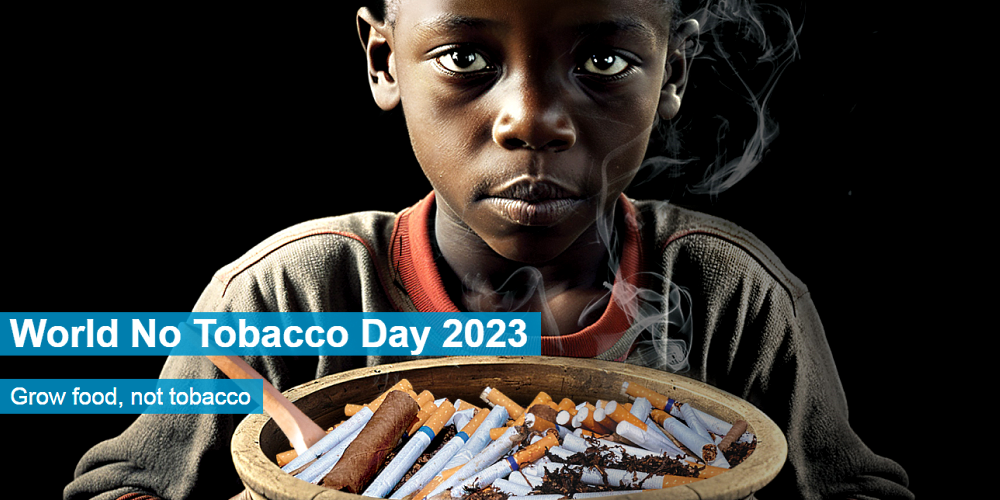
According to the first Global Adult Tobacco Survey performed in 2011, majority (92.2%) of Malaysian adults knew that smoking could cause serious illness such as a cardiovascular disease (heart attack or stroke).1
Moving forward, the overall prevalence of Malaysia smokers showed a promising decline from 22.8% in 2015 to 21.3% in 2019.2
However, key findings from the latest National Health and Morbidity Survey 2022 revealed a worryingly rising trend of vaping (or smoking e-cigarettes) among secondary school students.
In this context, a dramatic shift in teen smoking behavior was noted, in which the national prevalence on vaping and e-cigarette use among students escalated from 9.8% in 2017 to 14.9% in 2022.
Realizing the importance of raising health awareness among the public (especially adolescents), here are a few common myths and facts regarding smoking with its effects on cardiovascular disease:
Myth 1: If you have smoked for many years, your risk of having a heart attack cannot be reduced.
The fact: No. Regardless of your age, total duration of smoking history or the number of cigarettes smoked in the past, you can still gain many cardiovascular benefits gradually as you quit smoking.
For example, harmful substances like nicotine or carbon monoxide levels in your blood will drop to almost zero after several days of quitting smoking.
Within a year of not smoking, your risk of heart attack will reduce by nearly 50%. After more than 15 years of abstinence, your risk of heart attack (as a former smoker) will decrease further to become close to that of someone who does not smoke.3
Myth 2: Vaping is a safer alternative to the use of traditional tobacco cigarettes.
The fact: No. Daily vaping habit is associated with 70% higher chance of having a heart attack, as compared to people who have never vaped.4
In general, vaping impacts negatively on the cardiovascular system by increasing oxidative stress and damaging body cells’ DNA.
Certain vaping products also contain a type of chemical substance called vitamin E acetate which is strongly linked to the occurrence of a new respiratory illness called E-cigarette or Vaping product use-Associated Lung Injury (EVALI).
In view of the many harmful health effects, vaping should not be viewed as an entirely safe replacement for traditional tobacco smoking.
Myth 3: Third-hand smoke is not harmful.
The fact: No. Third-hand smoke (persistent residue from tobacco smoke which adheres to indoor environment surfaces like furniture, clothing, cushions, carpets or other housing materials) can be as harmful as second-hand smoke.
This third-hand smoke contains residual tobacco pollutants which can be re-emitted into the air and react with other environmental compounds to produce more dangerous pollutants.
Potential mid- to long-term health consequences exist when human beings touch contaminated surfaces and subsequently put their hands into mouth.
Inhalation or dermal absorption of gases that third-hand smoke may release are other possible routes of exposure.5
For instance, infants or toddlers who spend longer indoor time are particularly vulnerable to third-hand smoke, as they tend to crawl and put non-food items into their mouths.
Animal studies have proven that maldevelopment of growing brain, cardiovascular disease or even cancer formation are possible after prolonged exposure of third-hand smoke.6,7
In line with “World No Tobacco Day” which is celebrated on May 31 annually, we must acknowledge that there is no safe level of exposure to tobacco smoke.
Indeed, the best way to ensure optimal cardiovascular health is to avoid using tobacco products in any form or to stop smoking.
References:
- World Health Organization. Global Adult Tobacco Survey (GATS) Malaysia 2011.
- Mohd Yusoff MF, Lim KH, Saminathan TA, et al. The pattern in prevalence and sociodemographic factors of smoking in Malaysia, 2011-2019: Findings from national surveys. Tob Induc Dis. 2022;20:84.
- Office of the Surgeon G, Office on S, Health. Reports of the Surgeon General. In: The Health Consequences of Smoking: A Report of the Surgeon General. Atlanta (GA): Centers for Disease Control and Prevention (US); 2004.
- Alzahrani T, Pena I, Temesgen N, Glantz SA. Association Between Electronic Cigarette Use and Myocardial Infarction. Am J Prev Med. 2018;55(4):455-461.
- Díez-Izquierdo A, Cassanello-Peñarroya P, Lidón-Moyano C, Matilla-Santander N, Balaguer A, Martínez-Sánchez JM. Update on thirdhand smoke: A comprehensive systematic review. Environ Res. 2018;167:341-371.
- Hang B, Wang P, Zhao Y, Chang H, Mao JH, Snijders AM. Thirdhand smoke: Genotoxicity and carcinogenic potential. Chronic Dis Transl Med. 2020;6(1):27-34.
- DiGiacomo SI, Jazayeri MA, Barua RS, Ambrose JA. Environmental Tobacco Smoke and Cardiovascular Disease. Int J Environ Res Public Health. 2018;16(1).

(Dr. Yap Jun Fai, Professor Dr. Moy Foong Ming and Dr. Lim Yin Cheng are affiliated with the Department of Social and Preventive Medicine, Faculty of Medicine, Universiti Malaya and the Department of Public Health, Universiti Malaya Medical Center.)
ADVERTISEMENT
ADVERTISEMENT








































